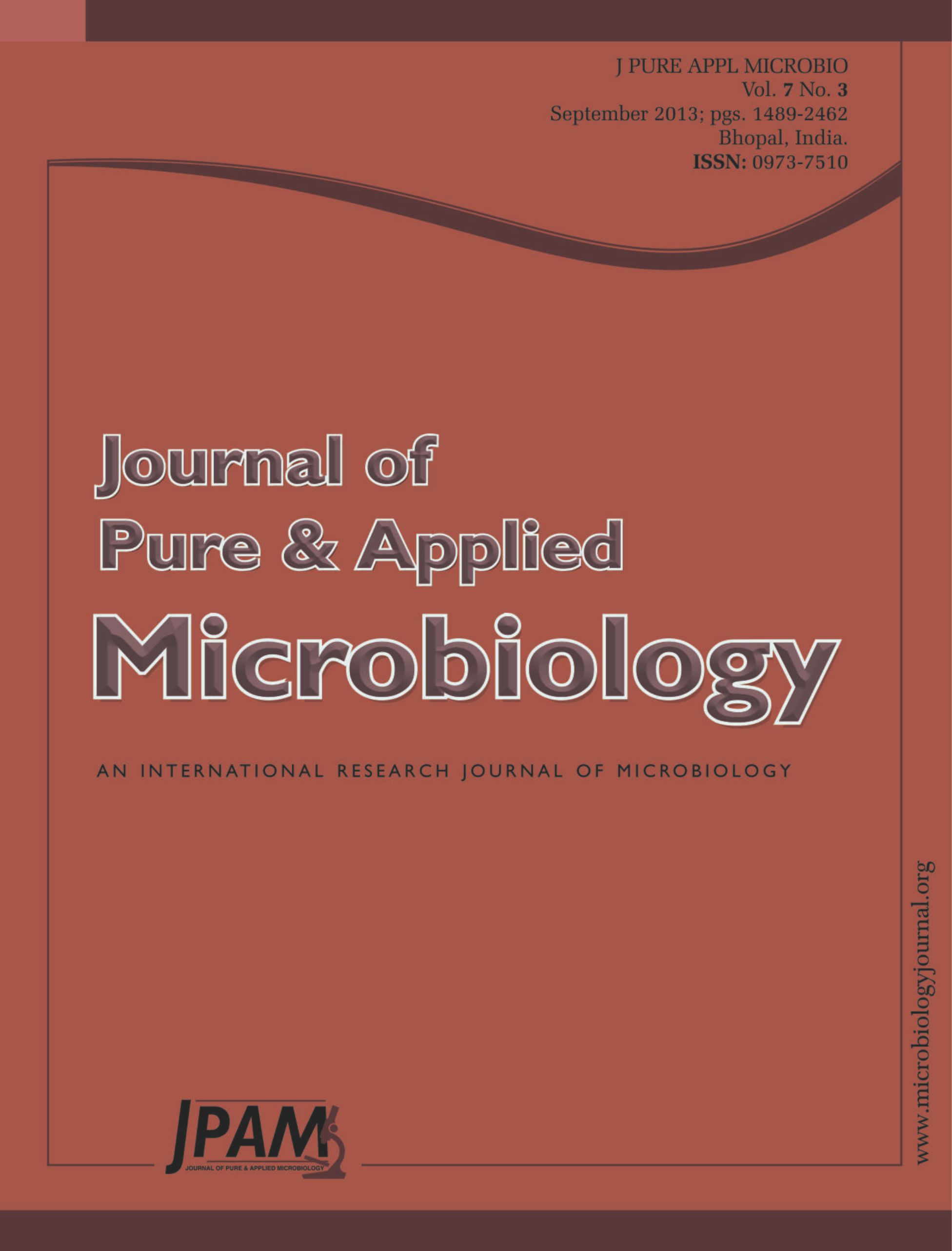Ten resistance elicitors, ammonium tartrate, ascorbic acid, benzoic acid, citric acid, cinnamic acid, hydroquinone, salicylic acid, sodium citrate, sodium metabisulfate and thiourea, were applied as foliar sprays using two methods at concentrations of 200 ppm to evaluate their capabilities to induce resistance in the flax cultivar Sakha 1 against rust disease caused by Melampsora lini under greenhouse conditions. The trials were repeated three times. ANOVA indicated that the efficiencies of some resistance elicitors, such as benzoic acid and hydroquinone, were different depending on the application method. Other elicitors, including thiourea, salicylic acid and ammonium tartrate, were highly efficient and were stable in reducing the incidence and severity of flax rust disease. However, ascorbic acid was only moderately effective at reducing the incidence and severity of flax rust.
Elicitors, Flax, Antioxidant, Fungi, Systemic resistance
© The Author(s) 2014. Open Access. This article is distributed under the terms of the Creative Commons Attribution 4.0 International License which permits unrestricted use, sharing, distribution, and reproduction in any medium, provided you give appropriate credit to the original author(s) and the source, provide a link to the Creative Commons license, and indicate if changes were made.


